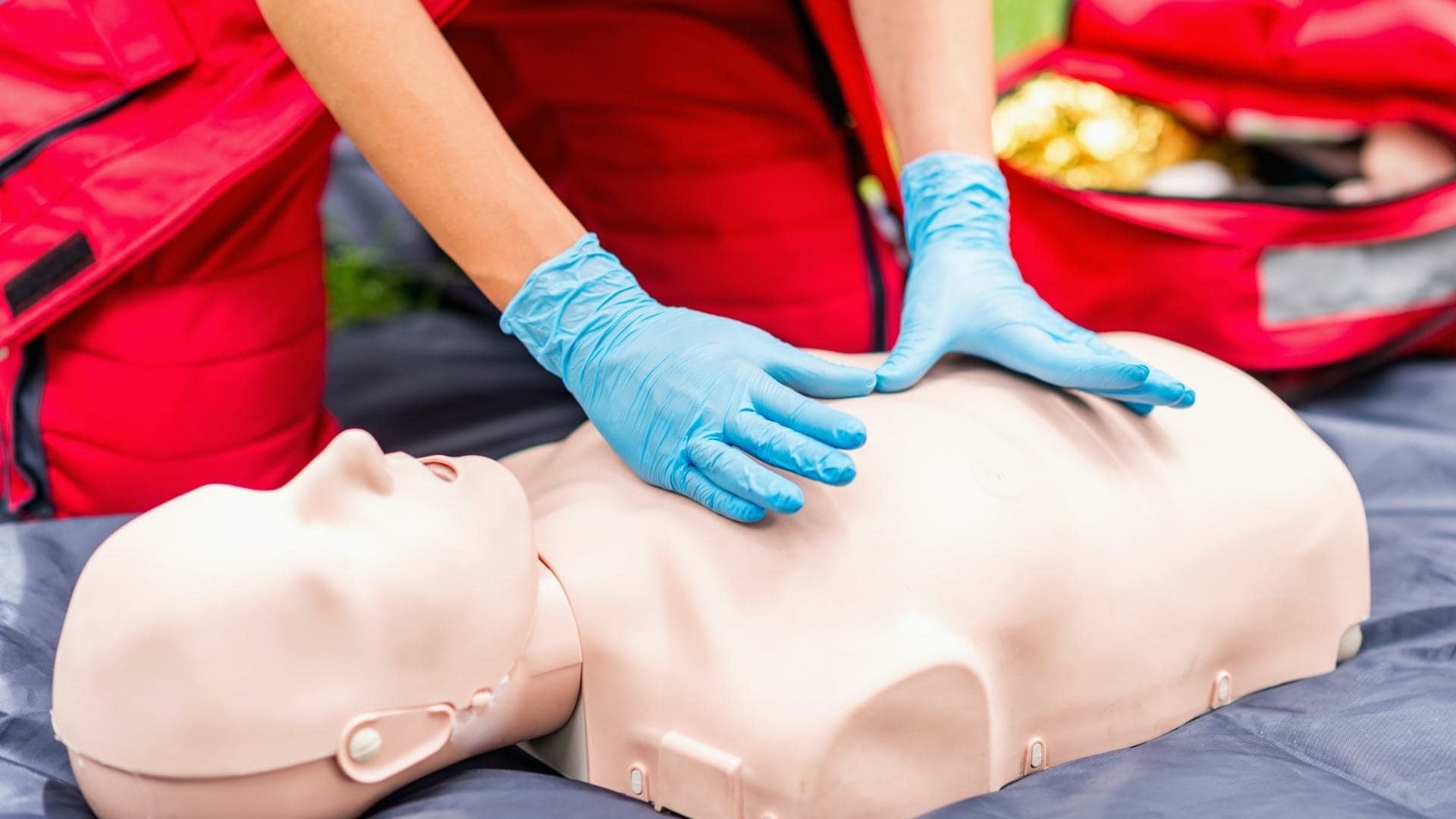Empower Your Workplace: The Essential Guide to First Aid and CPR Training
In today’s fast-paced work environment, the health and safety of employees should be a top priority for every business. Implementing effective first aid and CPR training can significantly enhance workplace safety, empower staff with essential emergency skills, and ensure compliance with health regulations. In this guide, we will explore everything you need to know about the importance and benefits of First Aid training and obtaining a First Aid certification.
The Value of First Aid Certification for Employers and Employees
First Aid training is critical not only for complying with workplace safety regulations but also for fostering a proactive safety culture. Employers who invest in First Aid courses enable their employees to handle emergencies confidently. Here are some of the benefits:
- Enhanced Safety: Employees trained in first aid can respond promptly to medical emergencies, reducing the severity of injuries and saving lives.
- Compliance with Regulations: Many organizations are required by law to have certified first aid officers. Compliance minimizes legal risks associated with workplace injuries.
- Increased Employee Confidence: Training instills a sense of readiness among employees, knowing they have the skills to manage emergencies effectively.
- Improved Morale: A safe workplace fosters a positive working environment. Employees feel valued when their safety is prioritized.
Critical CPR Techniques Every Workplace Should Implement
Cardiopulmonary resuscitation (CPR) is a lifesaving technique essential for workplace safety. Here are key techniques every employee should master:
- Recognizing Cardiac Arrest: Instructors teach how to identify symptoms, including unresponsiveness and lack of breathing.
- Performing CPR: Learning the correct method of chest compressions and rescue breaths can double or even triple a person’s chance of survival.
- Using an AED: Knowing how to operate an Automated External Defibrillator (AED) can provide critical therapeutic shocks in cardiac emergencies.
Navigating Workplace Health and Safety Regulations through Effective First Aid Compliance
Compliance with health and safety regulations is essential for maintaining a safe work environment. Training ensures that an organization meets local regulations, such as:
- Having qualified first aid responders on-site.
- Performing regular risk assessments to identify potential emergencies.
- Documenting and reporting incidents in compliance with legal standards.
Immediate Response: Essential Emergency First Aid Procedures
Understanding immediate response techniques is crucial in minimizing the impact of workplace injuries. Key procedures include:
- Assessing the Scene: Ensure the safety of yourself and others before approaching the injured. Call emergency services if necessary.
- Providing Basic Care: Teach employees to conduct basic first aid, such as controlling bleeding, treating burns, or addressing shock.
- Knowing the Limits: Employees should be trained to provide care only within their skill level and to seek professional help when needed.
Selecting the Ideal First Aid Training for Your Workplace
When choosing a training program, consider the following:
- Course Content: Ensure the curriculum covers all necessary emergency procedures and techniques relevant to your workplace.
- Certification: Opt for programs that offer recognized First Aid certification upon completion.
- Delivery Method: Decide between in-person training for hands-on experience or online First Aid courses for flexible learning.
Comparing Online and In-Person First Aid Training Options
Both online and traditional training methods have unique advantages:
- Online First Aid Courses: Provide convenience and flexibility, allowing employees to learn at their own pace.
- In-Person Training: Offers practical experience and direct interaction with instructors, which can be invaluable in emergency situations.
Conclusion & Call to Action
Investing in First Aid and CPR training is not just a regulatory requirement; it is a commitment to your employees' health and safety. By equipping your workforce with emergency medical response skills, you enhance their preparedness and foster a safer workplace culture.
Don’t wait for an emergency to happen. Enroll in our comprehensive First Aid & CPR training courses today and ensure your team is ready to respond effectively.
For further inquiries, please contact us at [email protected].



 349,500 Offered Certificates
349,500 Offered Certificates
 24/7 Online Training
24/7 Online Training
 Money Back Guarantee
Money Back Guarantee
 Fully Accredited Courses
Fully Accredited Courses
